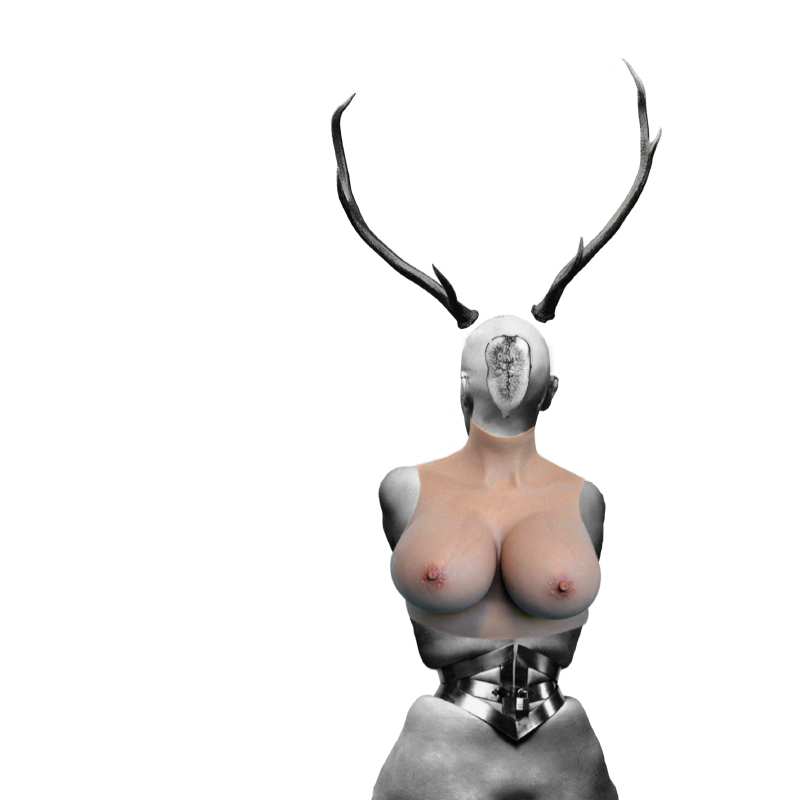

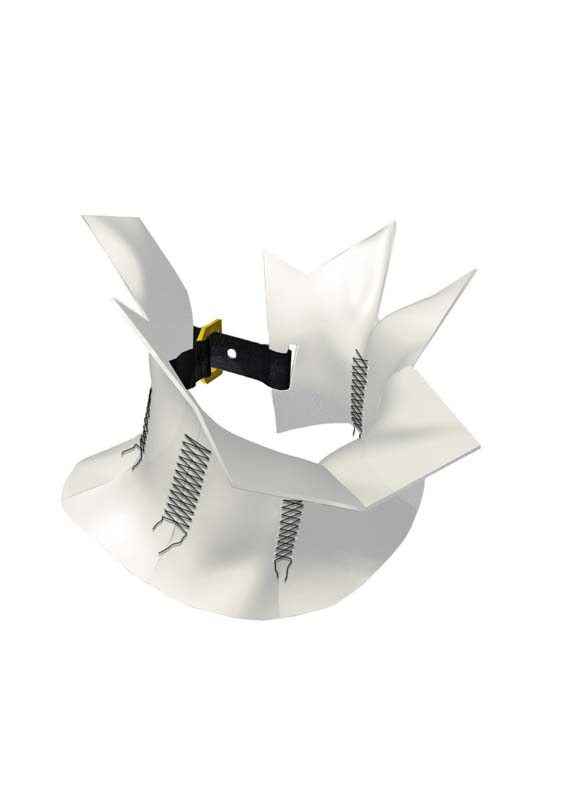

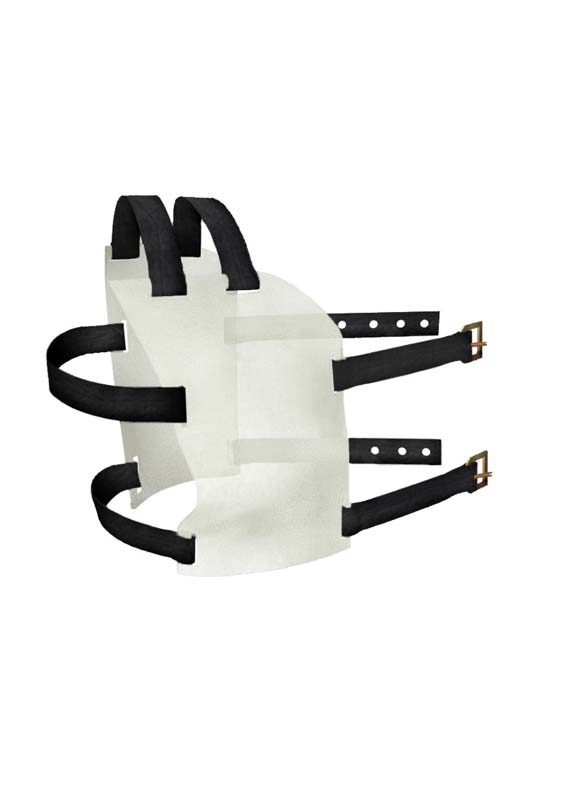

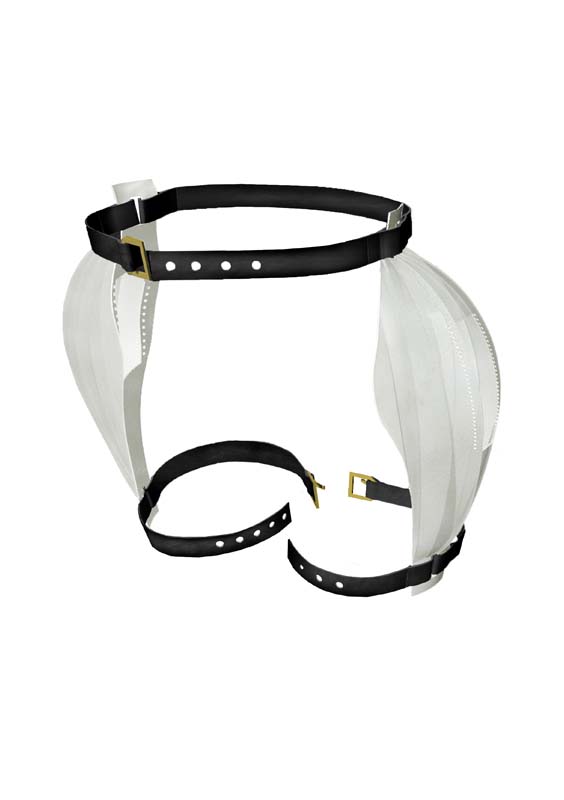

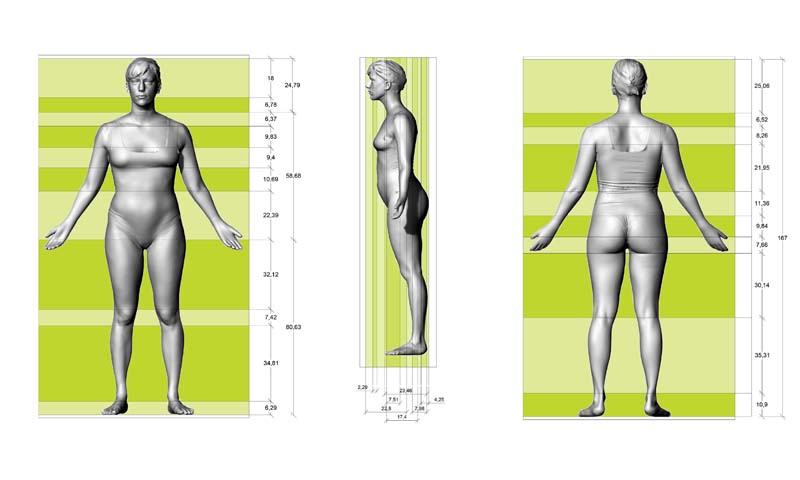

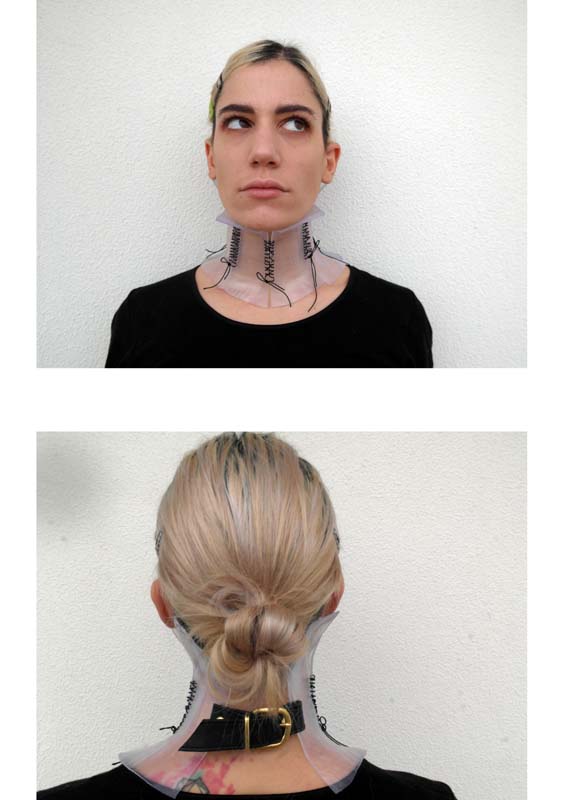

Renouncing any personal confection of uniqueness, I examine myself as a whole. As a dandizette, I use vesture as a cure in order to enjoy a new form of physicality. The purpose of this project is to repair, replenish and enhance physical pathologies, with the assistance of prosthetic technologies, identifying the human as a chimera. A chimera’s body, that of a potential superhuman has no gender, but is not innocent – it is not born in a garden, and does not seek one and only identity. It does not conform to the collective memory, it does not remember the past, but is the quintessence of the future. It is a being that experiences the mythology of the dependence, not from others, nor from itself, but from anything that will allow it to reach the point of complete fulfillment. The symbiosis of human and machine is a matter of survival for both of them, a whole and not united fragments. The physical realization of the machines as performative garments that render the body a malleable and ever-changing sculpture happens in accordance with my body and its needs, defining a new design praxeology. The innovation that the dandistic design provides, lies in the destruction of the shame that comes with the historic meaning of the dandy and behind the characterizations of academic canonical authoritarianisms that require ecumenical assumptions and generalizations. The final project examines the performativity of dress as a sartorial sculpture occurring from its symbiosis with the body. It can, and I suggest for it to be applied to multiple practices with the hopes of worming in the mentality of designers the need for careful interpretation and honest consideration of the circumstances, the peculiarities and the needs of every venture, with the ultimate purpose for the dandizette and the mythologies of the everyday superhuman that surrounds her to slide from the realm of the imaginary to that of the real.
Supervisor: Tzirtzilakis Yorgos
Reference Number: 781
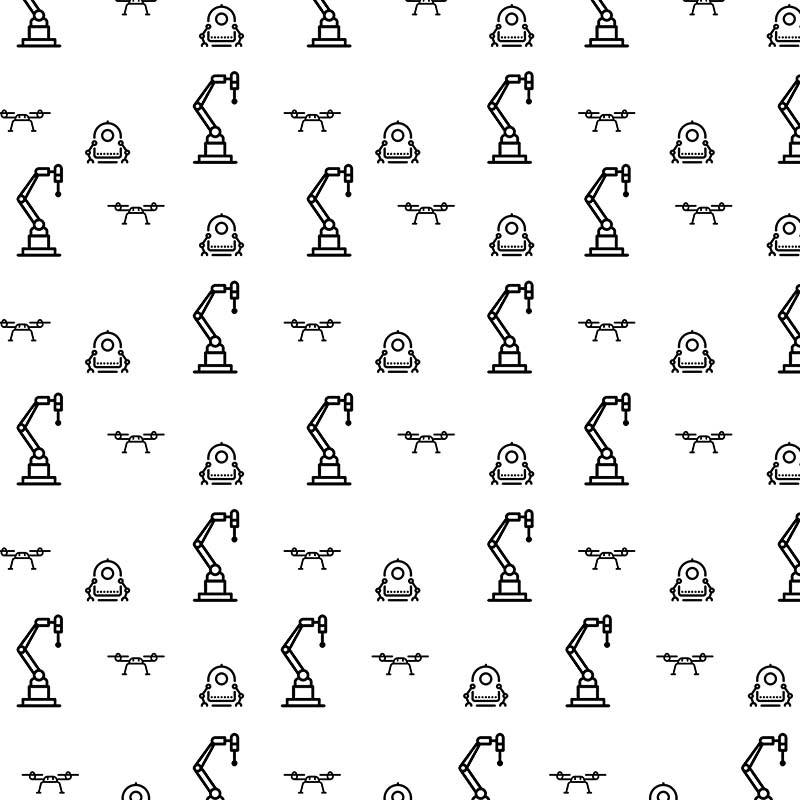





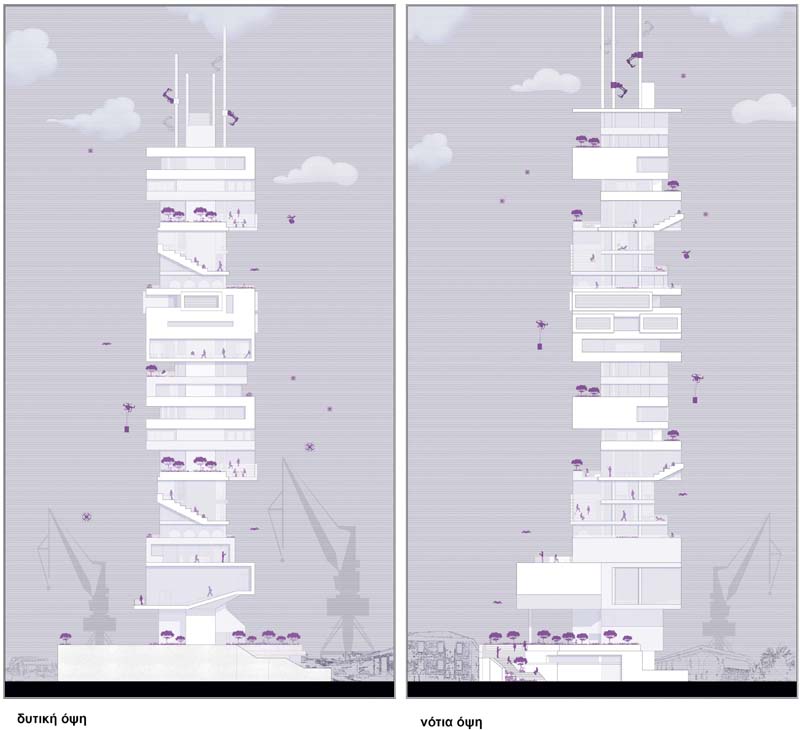

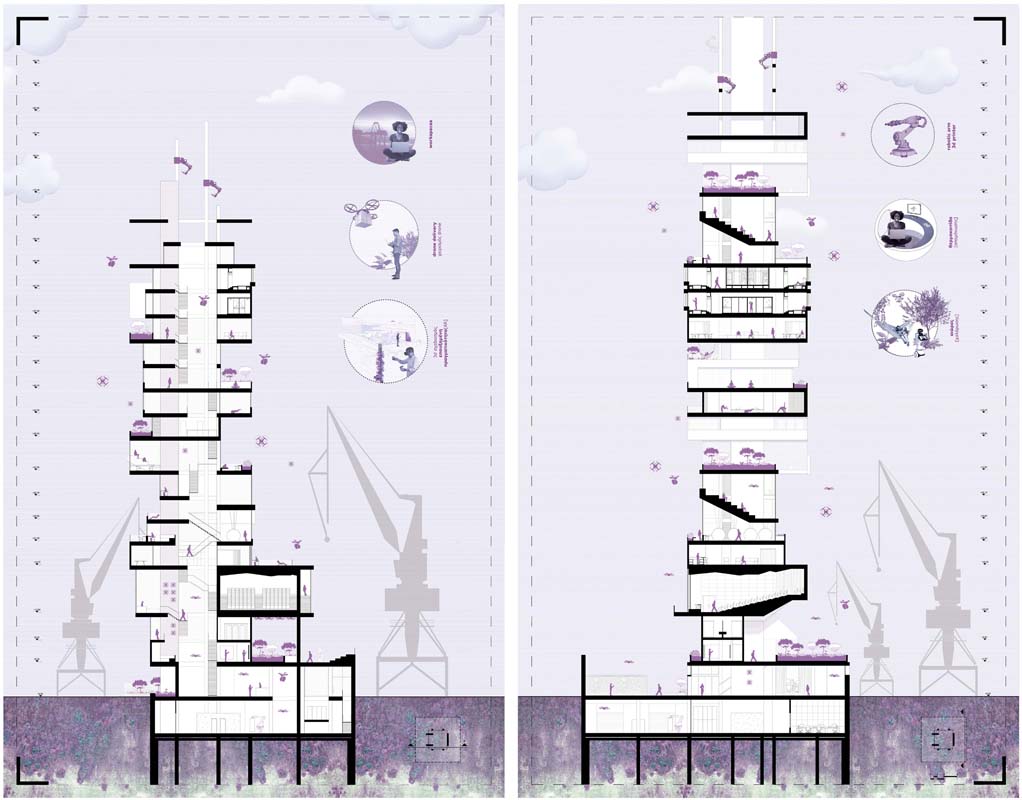

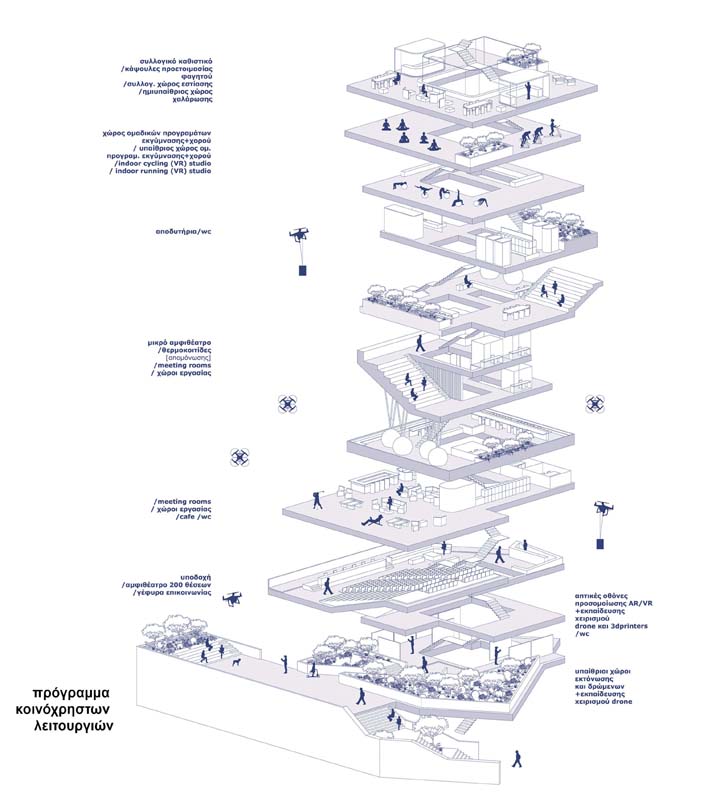

In a quest for an architecture that can meet the needs of both bodies, the physical and the virtual, Metaforms is formed as a temporal body storage and training machine. It is not trying to keep up, it is trying to bring together many different yet modern features, producing a framework. The new structure is designed as a tool, an infrastructure built through a patchwork of automation technologies to a sustainable future and aimed at eliminating the building’s environmental footprint. A vertical sequence, capable of including even the nonexistent, the one to be created, through an ongoing construction site and an endless narrative of spatial and meaningful expectations. The new structure is designed as a self-sustaining building that teaches its users the ways they can interfere with it, while allowing them to coexist with it. Designed as a dynamic vertical community: a 3D printed multipurpose tower that hosts co-living, co-working, meeting, co-dining, entertainment and green spaces as well as warehouses and workshops.
The new structure addresses and seeks a place in the city of the future. It doesn’t have a specific plot of land, it can be adapted to any context and can be ‘metaformed’ according to the conditions required. The area being mainly explored is the city’s unassuming airspace, the air; as a right of height and as an intermediate space in vertical extension. The forms are alternated by faithfully following the functions, thereby separating and declaring the multi-functioning nature of the machine-building. In the new Structure the unplanned intermediate space is regarded as the main space of the building turning the whole experience into a pathway, an ascend into the future. The constant ascend is panoramic, allowing a steady and endless reading of the city from above.
Supervisor: Gavrilou Evelyn
Reference Number: 784
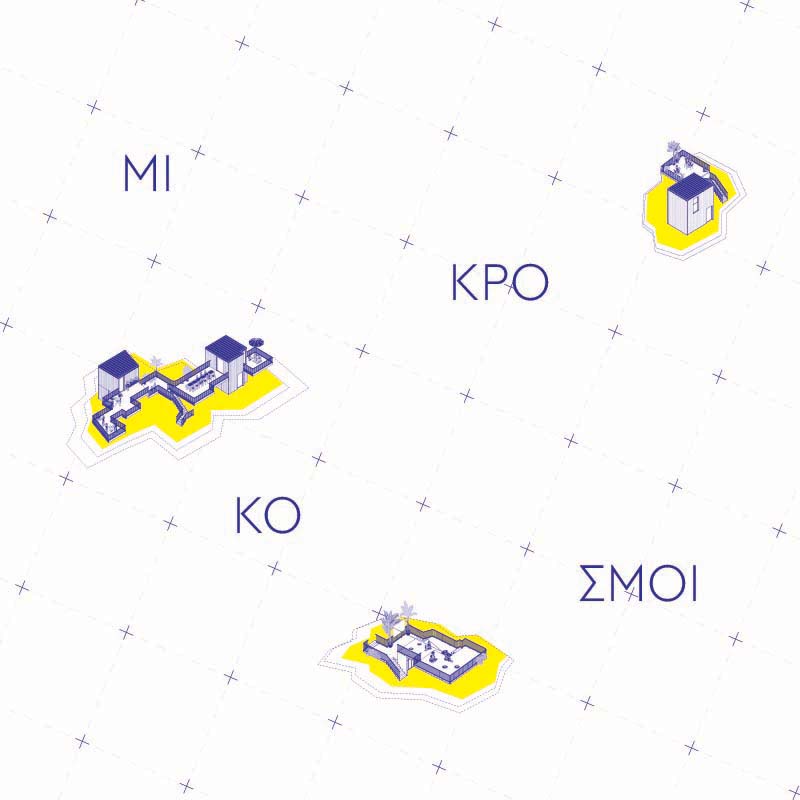

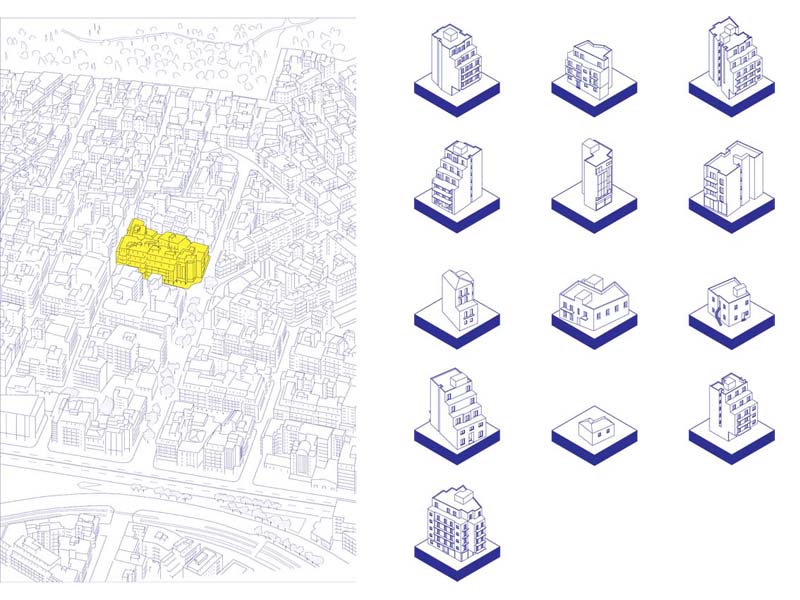

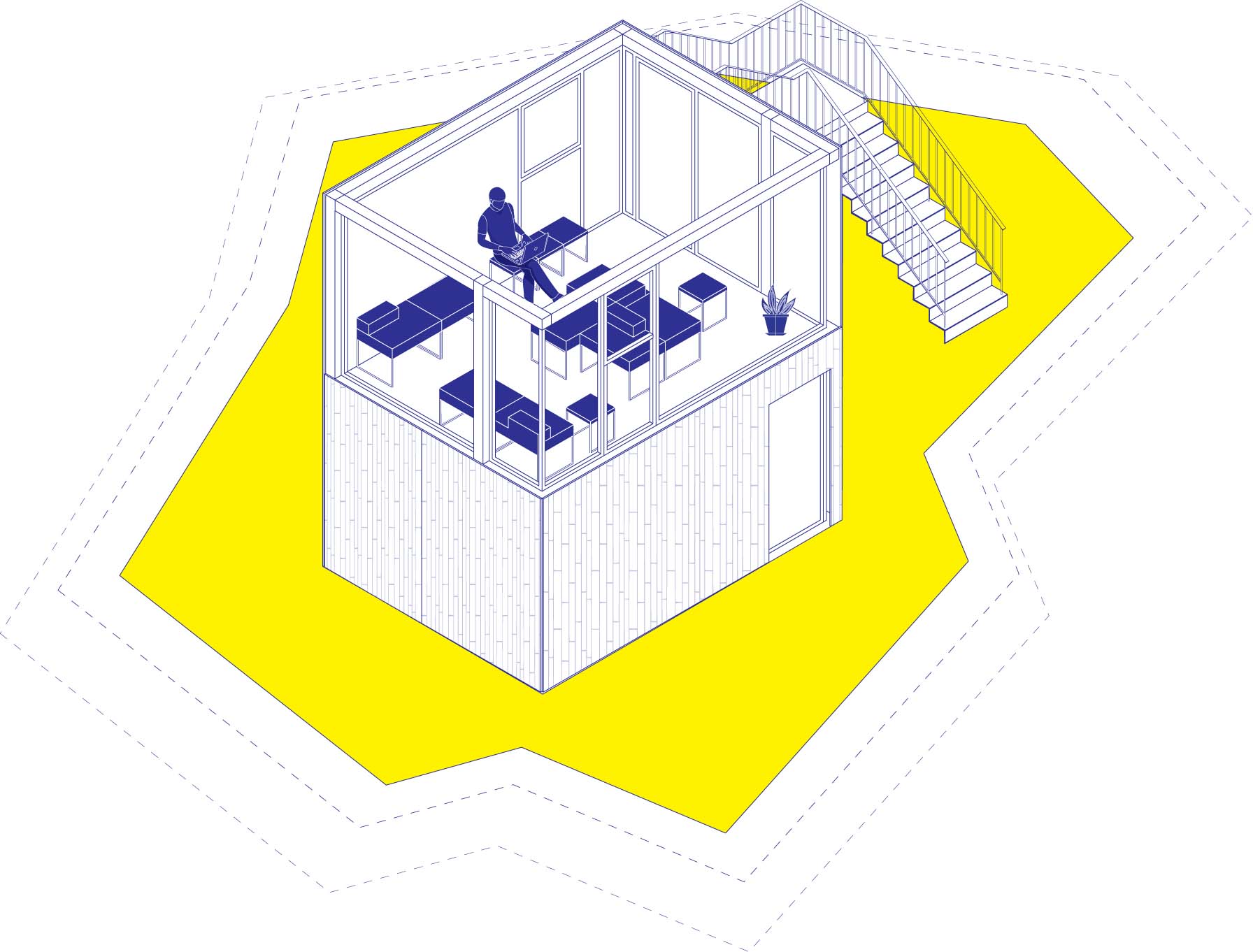

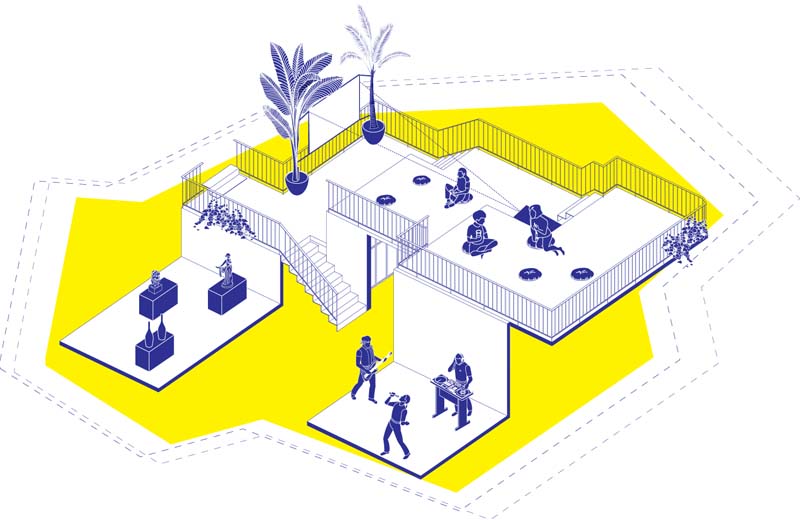

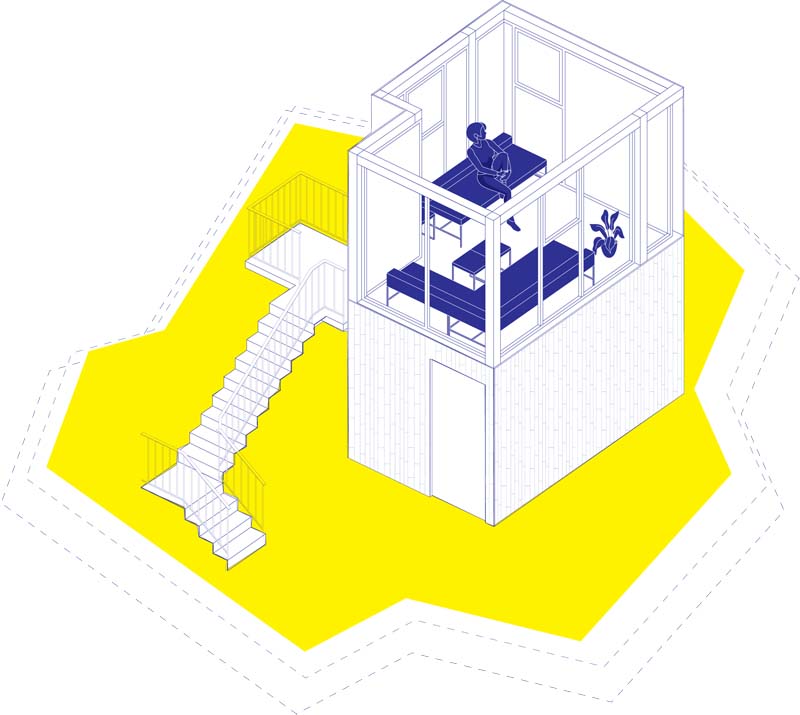

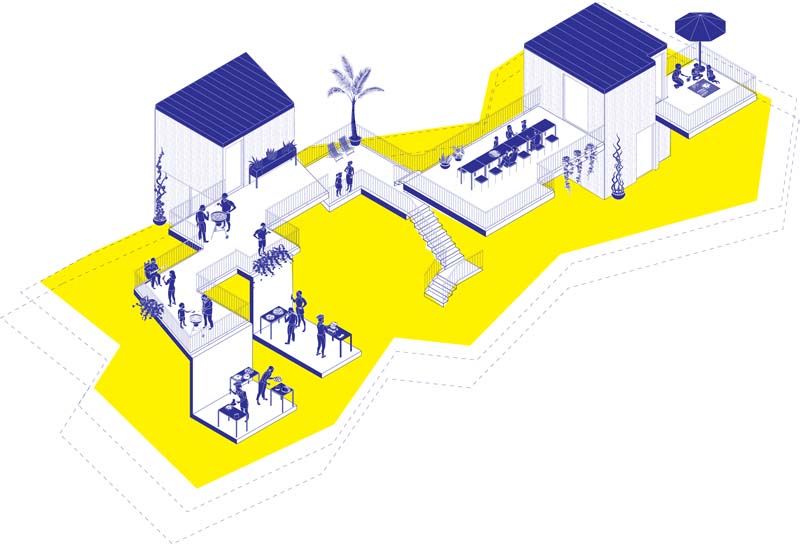

Koukaki, as an integral part of the center of Athens, attracts many people due to the modern needs for relocation and hospitality in the city. Its perfect geographical location in the city ensures a massive wave of interested tenants. In recent years, there has been an increase in the phenomenon of short-term rental of apartments from online platforms, thus integrating the new group of travelers into the existing urban housing model, in order to trace the elements that will compose the image with the original features. However, this integration displaces a part of urban life, which upsets the balance in the field. The mechanism of the city, which use to remain inactive, has the opportunity to be disturbed by restoring all the vital features of urban coexistence. Visitors are relocated to new environments in order to find structures that will once again attract the permanent residents of the area as well as the long-term tenants. In this way, a new condition of hospitality is born in the city which restores the concept of cohabitation in the micro-environments produced in a new era of the city.
Supervisor: Gavrilou Evelyn
Reference Number: 799


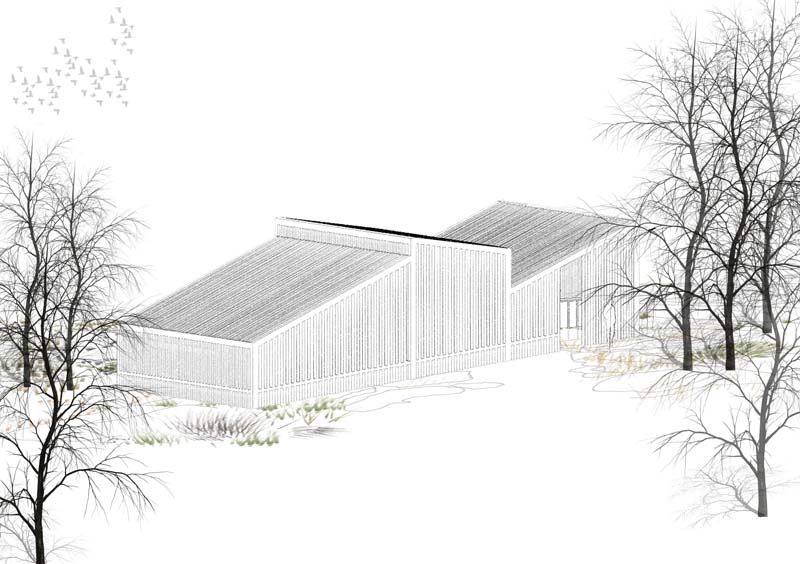

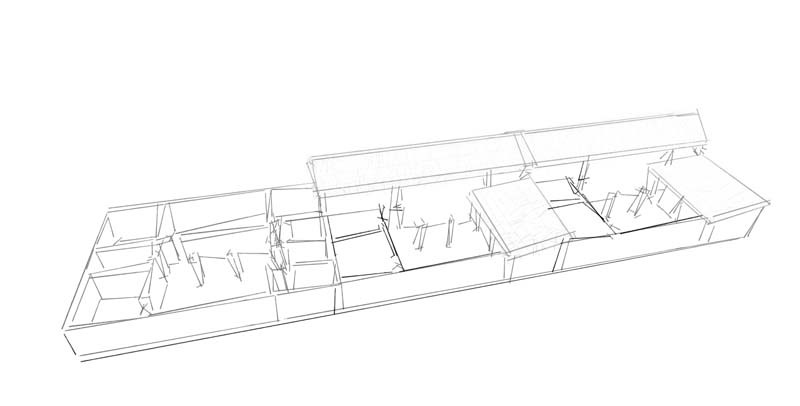



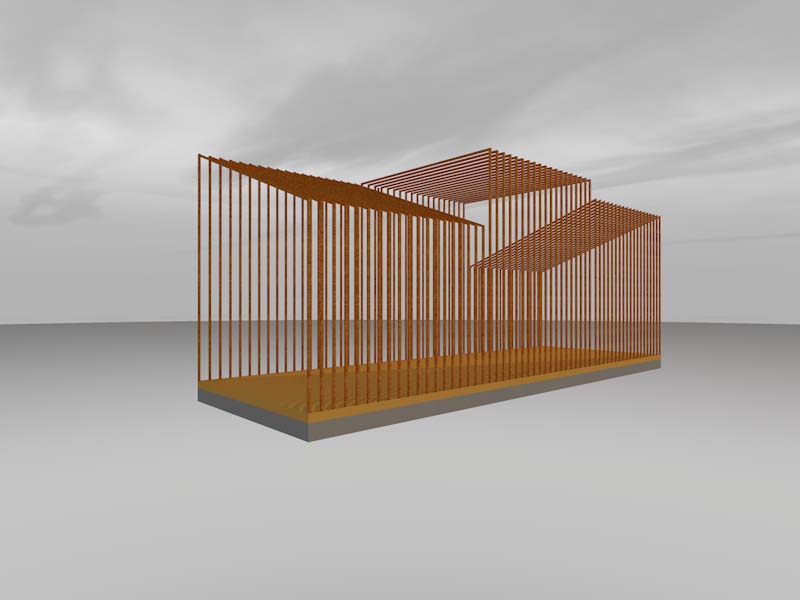

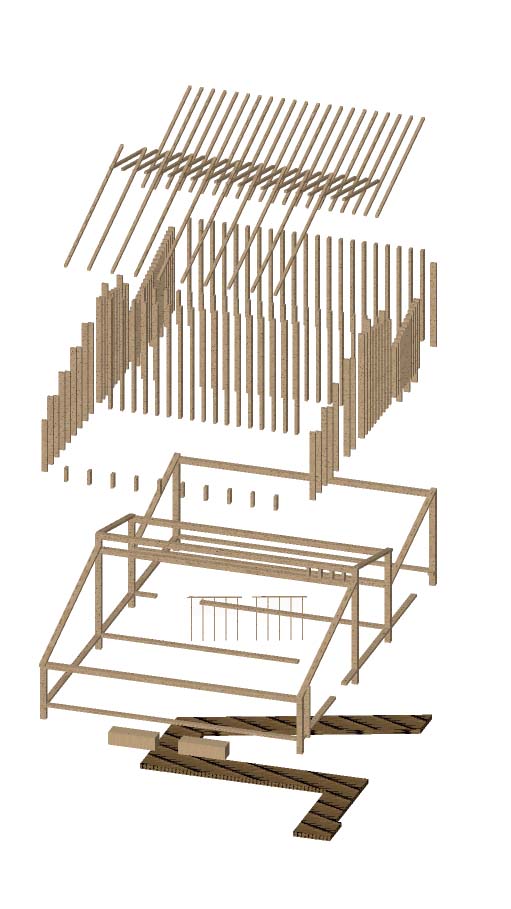

The place is a place that has a distinctive character, a distinct identity and reproduces an "atmosphere". For one place, however, the word atmosphere is that which characterizes and differentiates simple indifferent space. Of course, space is space, but the exhilarating atmosphere is an attribute that gives identity that is, makes it unique, unique to him, who will understand and identify with it. The place has as many characters as people can give it, to recognize it. This particular feeling, the "pulse of the psychic strings" that the place will create in those who experience it, either as residents, as visitors, or even fantastically, mentally because they are simply thinking of it, is what will co-formulate with other factors the experiential identity of a place. That is to say, man constructs within himself, through an unconscious psychological process, the meaning of a place. However, this is not a one-line linear mental movement that starts from man and ends in space. On the contrary, knowing the history of a place "brings you" closer to it. The traces of time in a place are "gates of communication" with its past, knowing it, and in combination with the characteristics of each place, composes a character for him, the only "witness" capable of certifying the experiential the identity of a place is the one who experiences it through his experience. Knowledge of history helps to understand and interpret a place. Through a historical and geographical exploration I will try to analyze and understand the Gorica hill. Goritsa hill is located at the entrance of the Pagasitic Gulf and is a small hill 200 m above sea level. At its northern end, it is joined by a narrow neck to the main bulk of Pelion, which is essentially a small hill at its foothills (hence the name Goritsa hill, is a small mountain, as opposed to Pelion, the large mountain which called Gora). To the west of the hill of Goritsa lies the great plain of Volos and to the southeast of the hill lies the plain of Agria and Lechonia.
Supervisor: Micocci Fabiano
Reference Number: 796
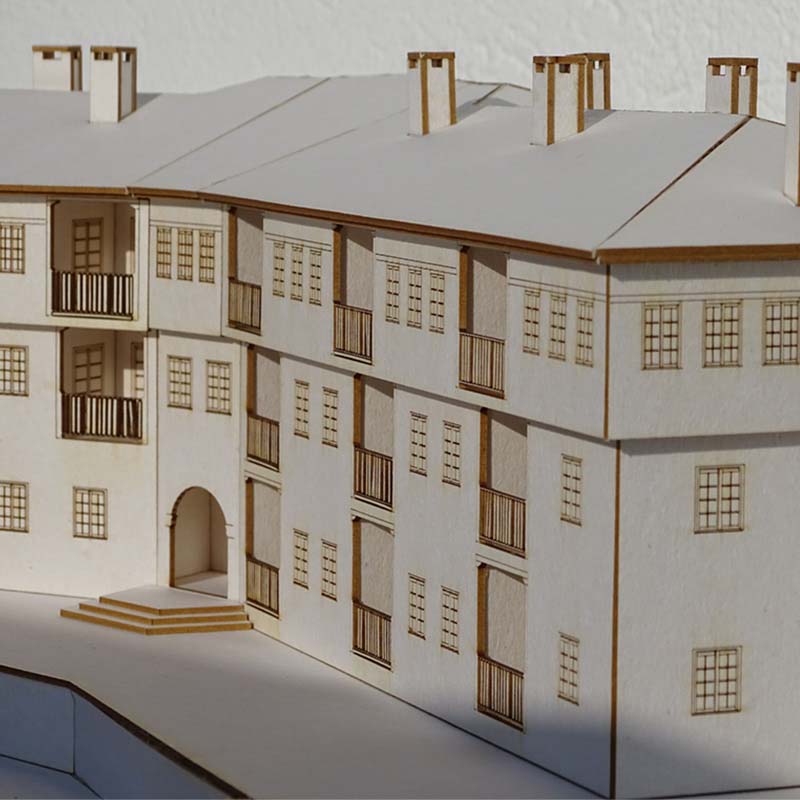

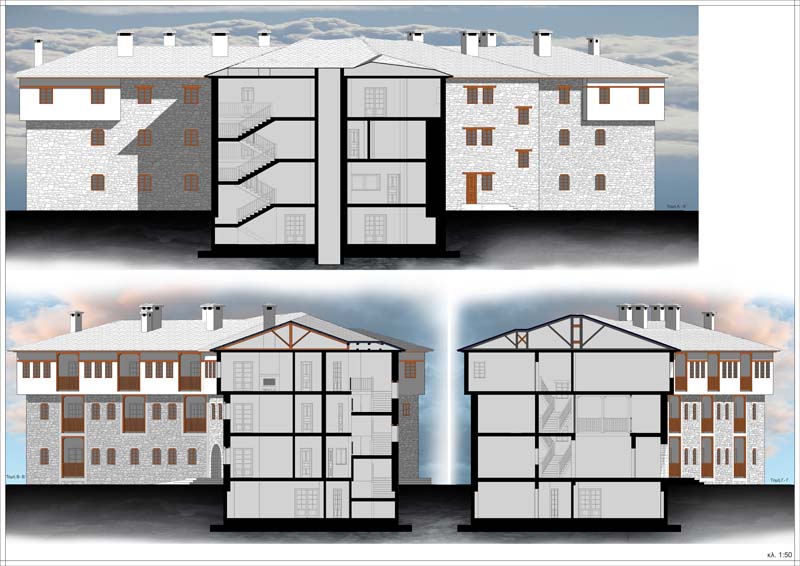

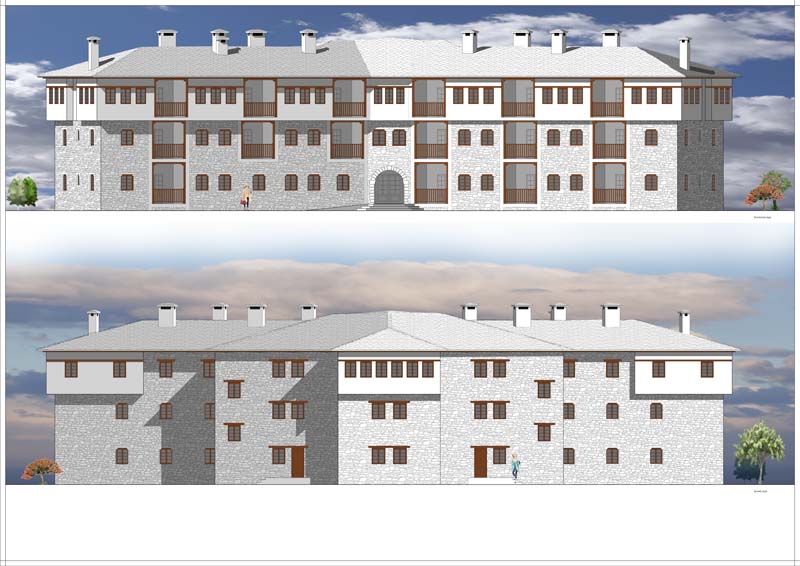

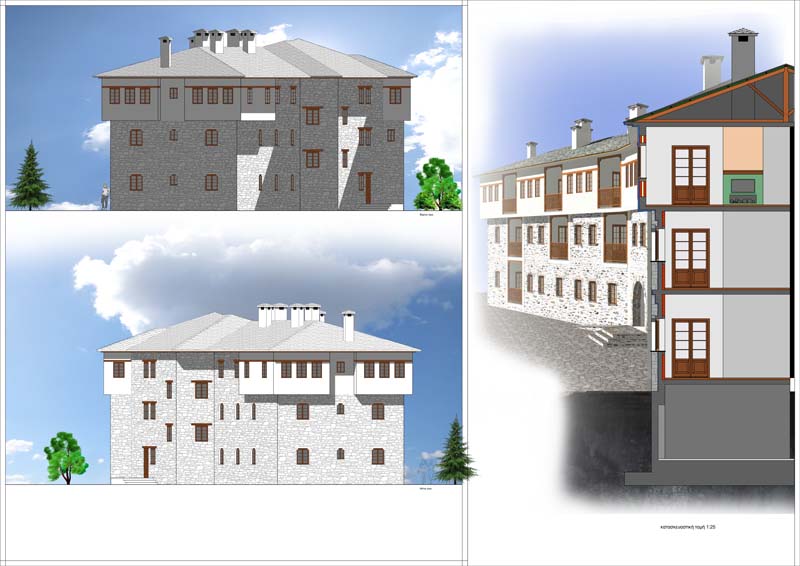

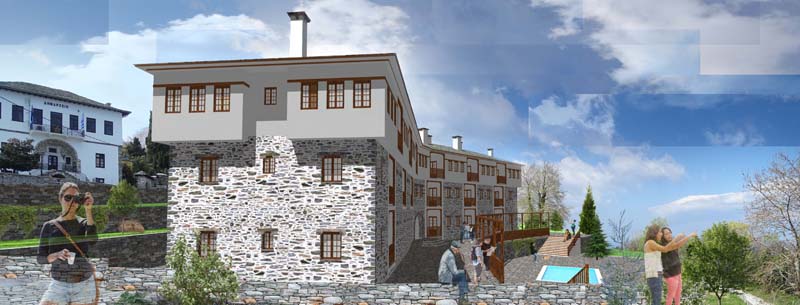

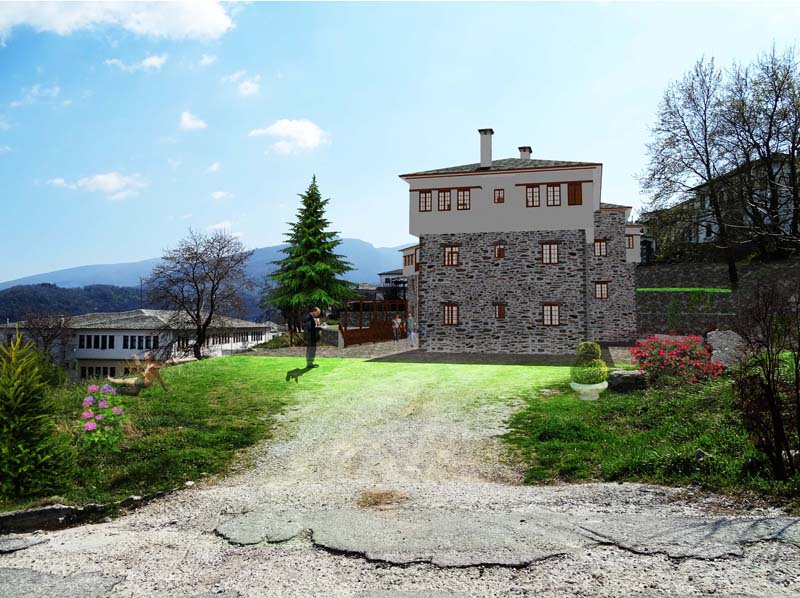

The design of a new building in the Pelion area should take into account the current needs that exist or are being created in the present frame of time and the possible future requirements that the building must serve in conjunction with the institutionalized respect for the architectural formulation of the previous centuries. The present architect has to listen to, to explore the past, the history of the architecture of the place, to create something new that will not stand as motionless star or hybridism in the temporal continuity and evolution of dwelling and habitation. The regulations on the morphology of the houses in Pelion have no relevance to the restrictions on construction that were objectively created in previous centuries, such as the economic difficulties and the mechanical possibilities of producing building materials such as timber and stone. Once the finite set of money and technology combinations, it was eventually shaped into an organic composition that primarily served housing through a simultaneous and meaningful defense practice. The buildings turned out to be small forts and the "Pelion-like" architecture, a defensive, fortress-type typology through which life itself continued in that place. In the present research project, the aim was to understand the dialectical continuity of the development of houses in Pelion in order to ideally produce a functional hostel unit in Zagora, Pelion. The architectural conception encompasses all the aforementioned elements of the site's history, material and intangible conditions, climate, modern requirements for semi-mountainous habitation, Presidential decrees, and the hospitality potential of the site and an effort to study and refine it in associated terraces with the medieval and later constructions of houses and monasteries in Pelion and Mount Athos as unique and authentic.
Supervisor: Paniyiris Costis
Reference Number: 795
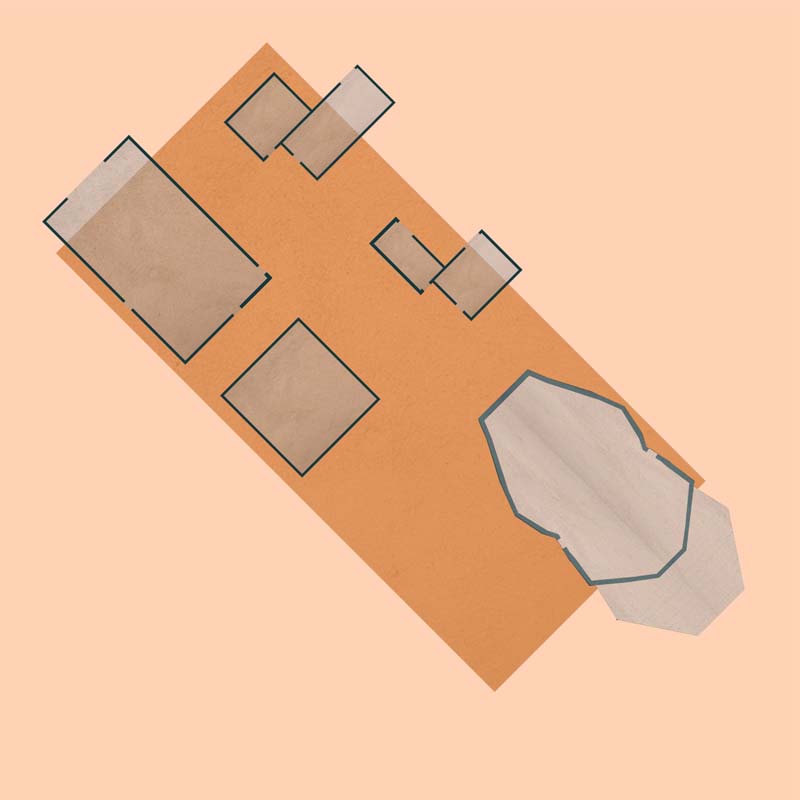

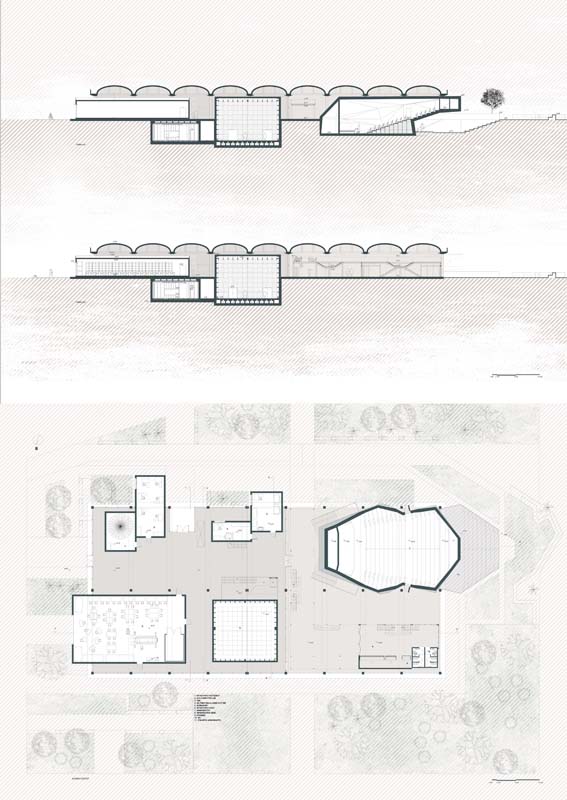

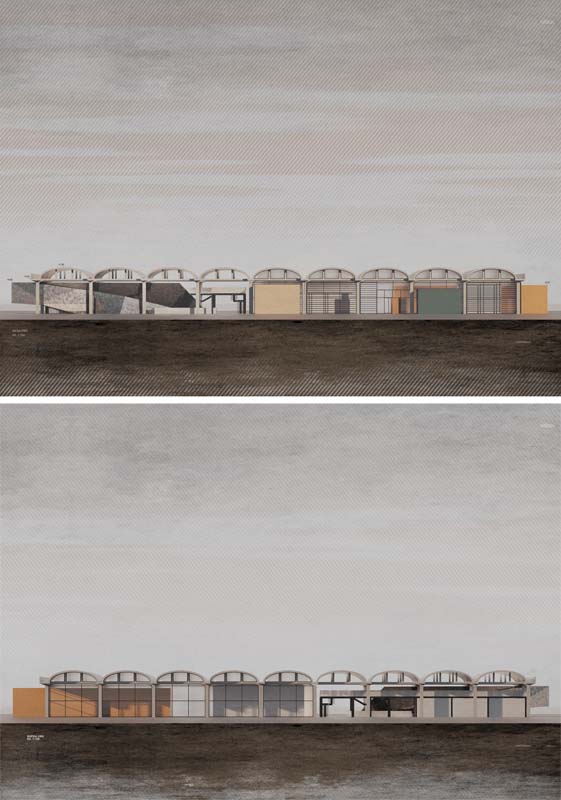

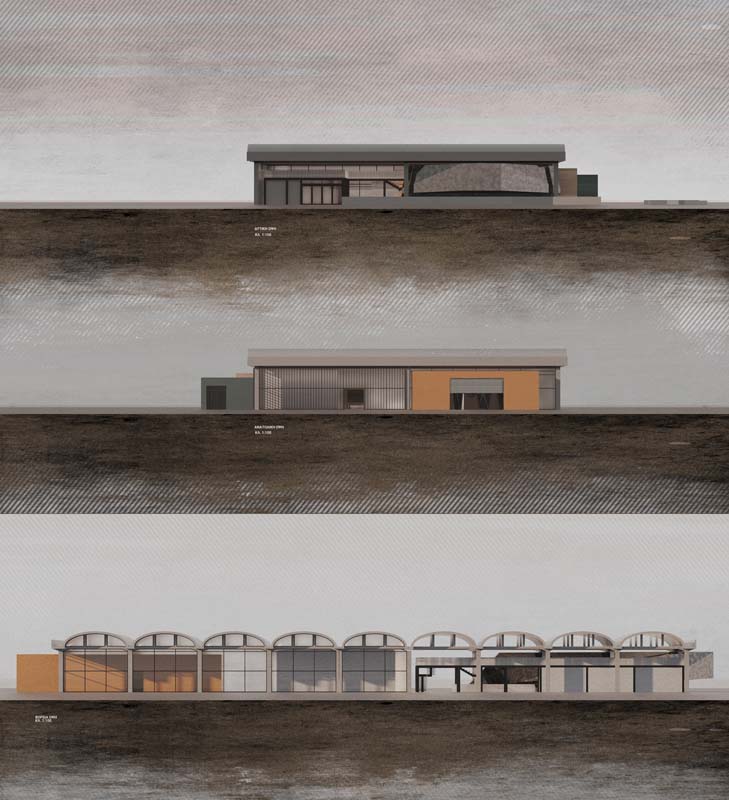

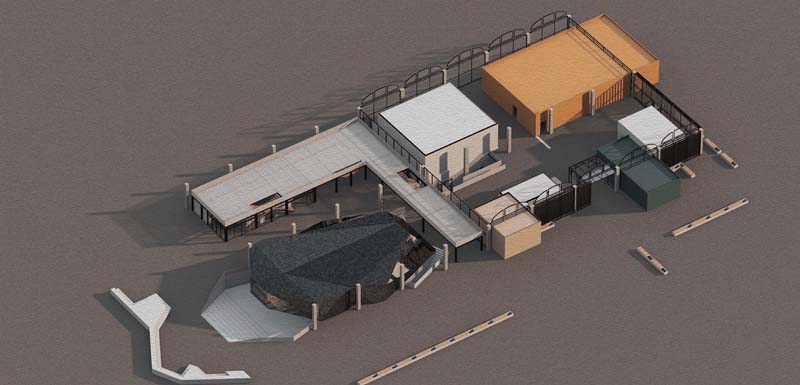

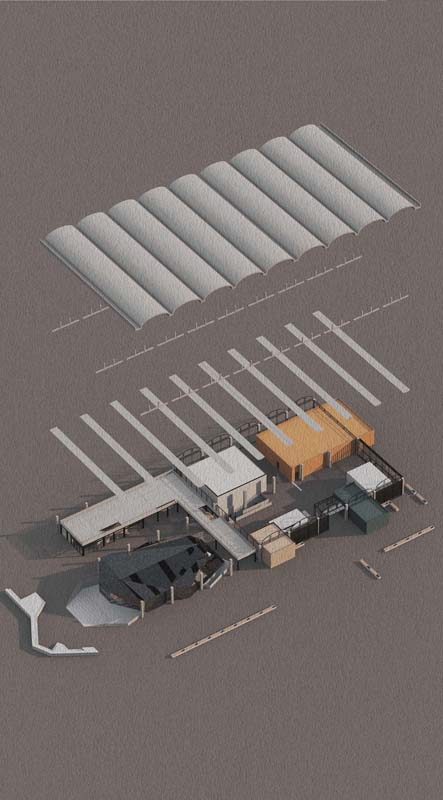

As a two person team, we started working on this diploma project with two things in mind: to create something interesting and for it to be as real as a diploma project can be. So, we created a cultural and research centre, which will act as a meeting place, where ideas can be shared, born and developed, and as an inspirational workspace and a place of innovation. The main idea is to be operated by student, but its services will be open to use for everybody.
In the old cotton factory at Nea Ionia of Volos we created this cultural and research centre. The industrial outer shell of the building has been kept intact and the logic behind the design of the new facilities is in a “box in a box” concept. The building is, thus, divided in two sectors. The one is closed and contains all the laboratories and research facilities and the second one is semi -open and supports the cultural aspect of our idea. The open part consists of an indoor amphitheatre of 500 seats and an open one in the back of the first. There is also a reception desk, cafe and resting space. The closed part contains the research laboratories. These are divided into two categories. The first is Image and Sound and includes a Sound Lab , in a “black box theatre” logic, with changing reverberation time as well as a music studio. Last but not least a Lighting studio and a light measuring lab.
The second category is construction. It includes laser cutter and 3D printer machines as well as CNC routers.
To complete all these labs come two last spaces. One is a workshop space, designed for classes, lectures, experiments, construction projects etc and the other is an Audio Visual computer Lab which acts as a pre production - post editing place as well as an IT department.
A university is a place of knowledge and a space which acts as a motive towards development and improvement. With this thought in mind we realised this project.
Supervisor: Adamakis Kostas
Reference Number: 793
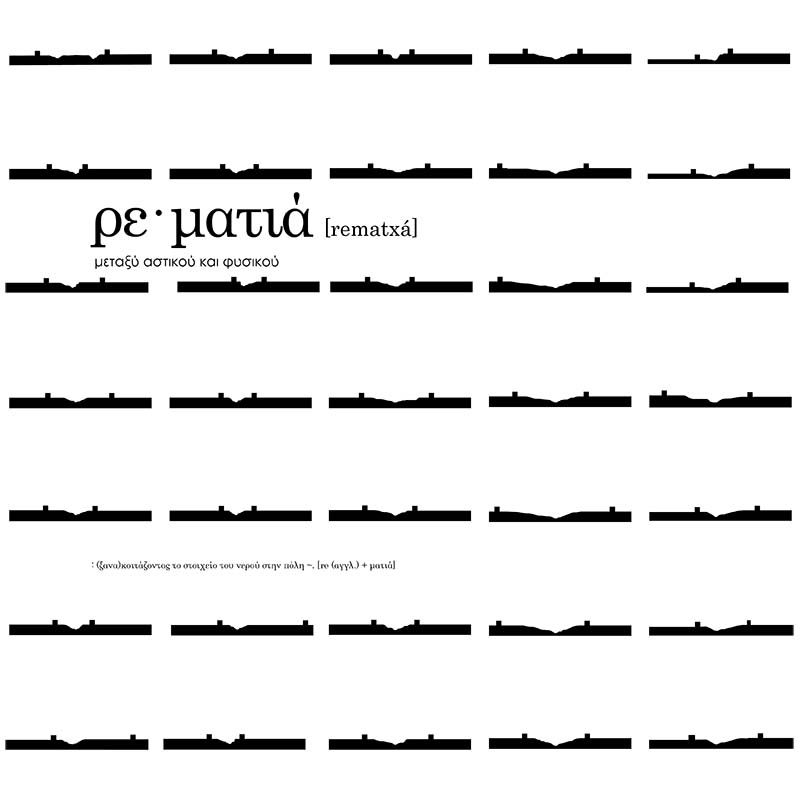

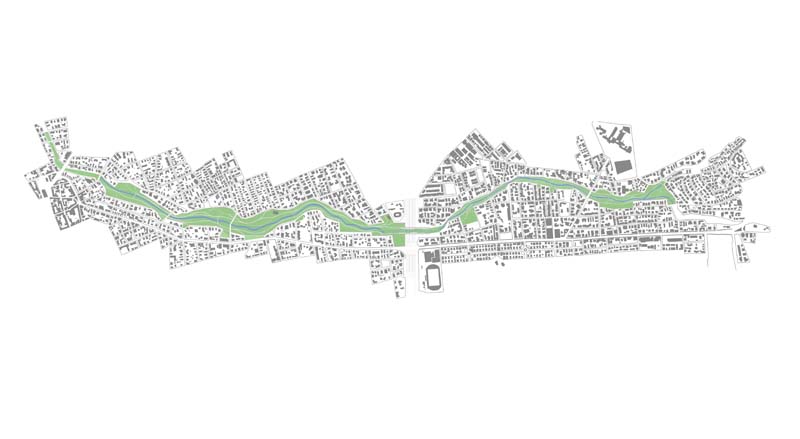



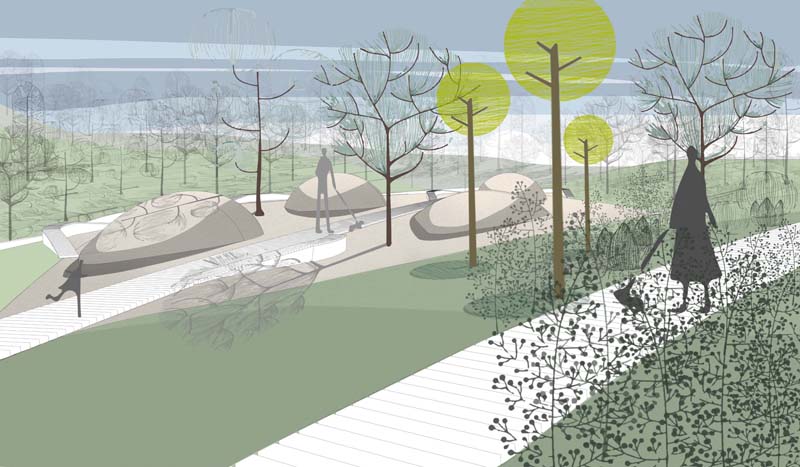

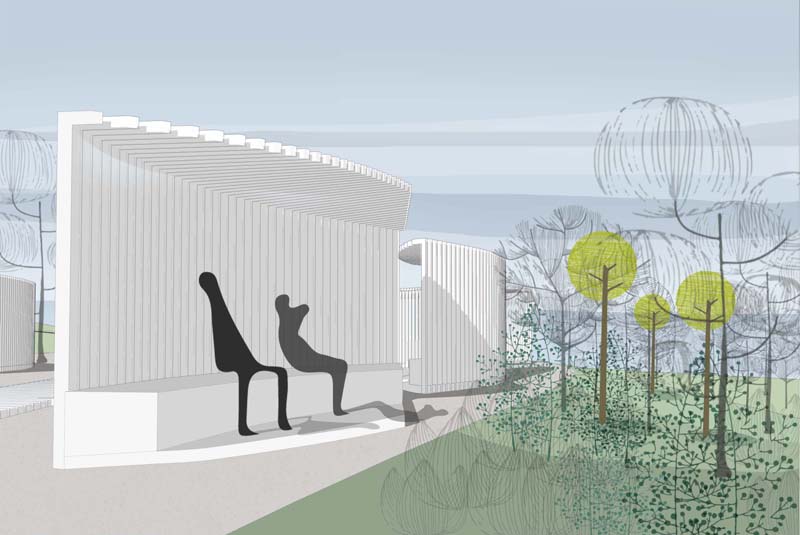

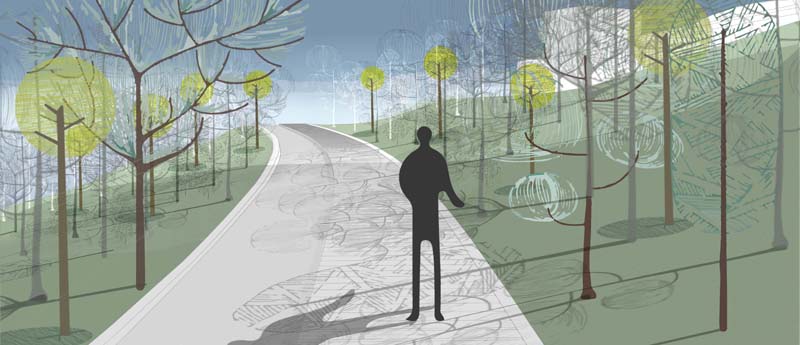

Τhe subject of this thesis concerns a stream, located between the regions of Chalandri and Vrilissia in Athens. This particular part of the stream is one of the few remaining uncovered streams in the city and bearing historical significance in the passage of time. Nevertheless, like the most cases of water canals in Athens, the stream has been affected by various illegal and or legal interventions, which consequently disrupted its unique natural character. Therefore, our proposal attempts to highlight and activate this public space, challenging the design between the urban and the natural landscape. The purpose of the project is to accomplish a better water management of the area and also to attain public access. Thus, we create narratives in a free and at the same time organised environment redirecting this natural habitat in the urban web. Furthermore, the proposal may be considered as a commentary for the rest streams in the city.
Supervisor: Papadopoulos Spiros
Reference Number: 792
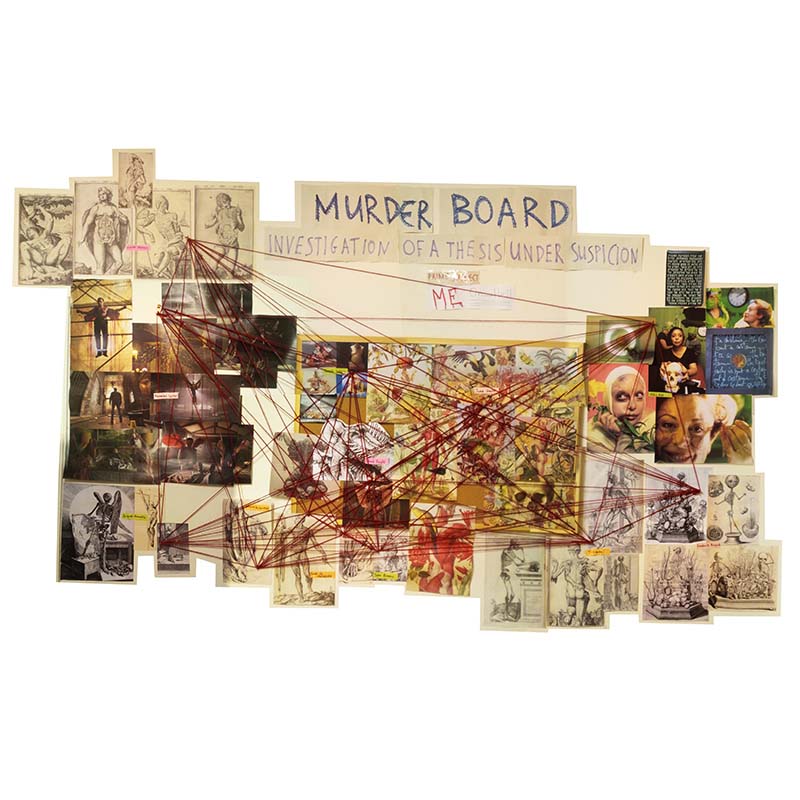

The elements leading to the composition of the spatial installation titled Contemporary Icaruses: A mnemotechnical multisensory reading about the body are a book, an experience, a realization and a loss. The experience relates to the handling of decubitus and chronic pain, the book On Hell by Johanna Hedva is the tool used to understand this handling, the realization gets summarized in the retrieval of scattered corporeal traces through the past, while the loss concerns the declining mental and digital memory.
he spatial installation wishes to recreate a lost personal archive of projects related to the body, to place them in such a way as to facilitate a discourse between them and to modernize them in the environment of the aforementioned book. Simultaneously, it functions as a multisensory - interpretative reading for the book. It uses the art of memory to correlate ten objects - condensers of corporeal experiences that create a room. This specific room has a double function: it interprets a room from the book and, at the same time, it is one of the spaces in a memory palace.
More specifically, the installation aims to pose questions about the contemporary handling of the body and its limits, about the way with which humans intervene on it, the 'ethics' that surround all these kinds of interventions and the transcendence of moderation. The basic theme around which the installation revolves has to do with Icarus' hubris that is finally perceived as a first attempt for all the later technological- corporeal accomplishments of mankind.
Supervisor: Tzirtzilakis Yorgos
Reference Number: 786

